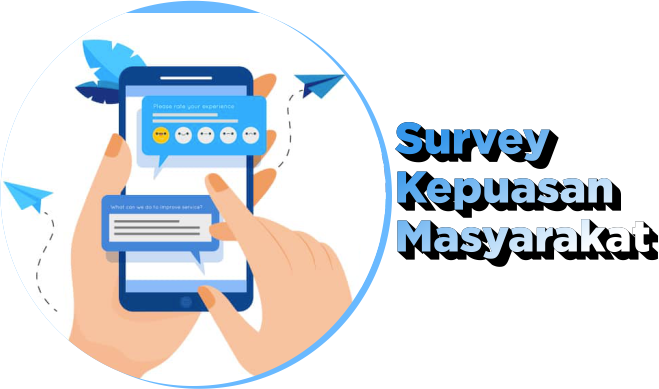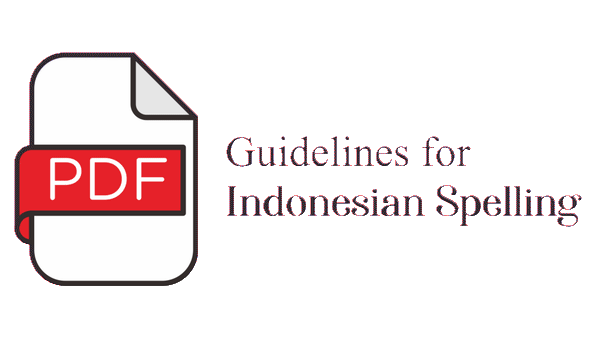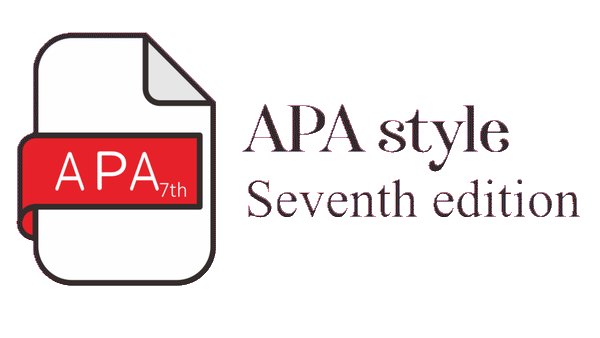Optimizing the Role of Social Media for Fisheries Business Development (Case Study in the Middle of Covid 19 Pandemic in West Java)
Abstract
The spread of the Covid 19 outbreak felt its impact in the fisheries sector. The spread of Corona Virus has brought new challenges and risks in social life, including fisheries businesses. Fishery business practitioners, namely fishermen, fish cultivators, fishery product processors and fishery product marketers, experience logistical and marketing problems. Some indications of the impact of the Covid-19 pandemic are evident in the fisheries business. These indications are a decrease in the price of fishery products, a logistic system that cannot run normally, and a decrease in demand for fishery products, all of which impact on the household income of the fishery business. The disruption of distribution channels between businesses and consumers due to restrictions on human mobility that is applied to overcome the Covid 19 outbreak is the root cause. Regional quarantine as well as large-scale social restrictions do not prohibit mobility in the transportation of goods, but in reality these restrictions significantly impede the traffic of fishery products. This is reminiscent of the implementation of the 4.0 revolution in the fisheries and marine sector, where fisheries and marine businesses including fish farmers to innovate in the use of automation tools that are controlled from smartphone applications. With digital applications, cultivation can use it to anticipate during current conditions, when the Covid 19 pandemic occurs, where market access is directly restricted which can be circumvented by online marketing where producers and consumers do not make transactions directly. This reserach aims to analyze the optimization of the role of social media for the development of fisheries business case studies in the middle of the Covid 19 pandemic in West Java. Research time is from February to May 2020. The research method used was a survey method. The data used are primary and secondary data. Primary data were obtained by taking the technique of non-probability sampling respondents to 40 respondents of fisheries businesses. The analytical tool used in this reserach is non-parametric statistics with Friedman and Kendalls using twigs to scale. Based on the results of research, the level of knowledge of fisheries business operators regarding handling of Covid 19 averages 70% of knowing, understanding and implementing health protocols in carrying out daily activities, the role of social media is high for fisheries business actors consisting of fishermen, fish cultivators, fishery product processors and marketer of fishery products. Social media used include Instagram, Short Message Service (SMS), Websites, Blogs, Facebook and Whatsapps. The most optimal use of social media activities is carried out by fishery product marketers via Whatsapps. and Instagram.
Keywords
Full Text:
PDFReferences
Direktorat Jenderal Pencegahan dan Pengendalian Penyakit.2020. Pedoman Kesiapsiagaan Menghadapai Corona Virus Disease 2019 (COVID 19) hal 89.
Kementrian Dalam Negeri.2020. Pedoman Umum Menghadapi Pandemi Covid 19 Bagi Pemerintah Daerah, Pencegahan, Pengendalian, Diagnosis dan Managemen. Hal 203
Undang – Undang Republik Indonesia. Nomor 45 Tahun 2009. Tentang Perikanan.
Tim Kerja Kementrian Dalam Negeri 2020. Pedoman Umum Menghadapi Pandemik Covid – 19. Bagi Pemerintah Daerah. Pencegahan, Pengendalian, Diagnosis dan Manajemen. Hal 212
World Health Organization. “Report of the WHO-China Joint Mission on Coronavirus Disease 2019 (COVID-19)” (PDF): 11–12. Retrieved 5 March 2020
Gorbalenya AE (11 February 2020). “Severe acute respiratory syndrome-related coronavirus – The species and its viruses, a statement of the Coronavirus Study Group”. bioRxiv (preprint). doi:10.1101/2020.02.07.937862
Van Doremalen N, Bushmaker T, Morris DH, Holbrook MG, Gamble A, Williamson BN, et al. (March 2020). “Aerosol and Surface Stability of SARS-CoV-2 as Compared with SARS-CoV-1”. The New England Journal of Medicine. Massachusetts Medical Society. doi:10.1056/nejmc2004973. PMID 32182409
Adekoya, A.E., 2007. Cyber extension communication : Strategic model for agricultural and rural
transformation in Nigeria. Journal of Food Agriculture & Environmental, 5(1): 366-368.
Amin, M et al. (2013). The Effectiveness Of Cyber-Extension-Based Information Technology To Support Agricultural Activities In Kabupaten Donggala, Central Sulawesi Province, Indonesia. International Journal of Asian Social Science, 2013, 3(4):882-889.
Hanna R. Rohm A. Crittenden VL. 2011. We’re All Connected: The Power of The Social Media Ecosystem. Business Horizons [Internet]. [diunduh 2016 Juni 6]; 54(3);265-273. Tersedia pada: http://www.sciencedirect.com/science/article/pii/S0007681311000243
Mulyandari, R.S., Sumardjo, Panjaitan, N.K., Lubis, D.P. 2010. Implementasi Cyber Extension dalam
Komunikasi Inovasi Pertanian. Informatika Pertanian Volume 19, No. 2, IPB
Erdogmus IE, Cicek M. 2012. The Impact of Social Media Marketing on Brand Loyalty. 8th International Strategic Management Conference [internet]. [diunduh 2016 Mei 28]; 58; 1353-1360. Tersedia pada : http://www.sciencedirect.com/science/article/pii/S1877042812045818
DOI: http://dx.doi.org/10.15578/jsekp.v16i2.8981
Indexed by:
-------------------------------------------------------------------------------------
Published by
Research Center for Marine and Fisheries Socio-Economic
in collaboration with
Indonesian Marine and Fisheries Socio-Economics Research Network

This work is licensed under a Creative Commons Attribution-NonCommercial-ShareAlike 4.0 International License.



















